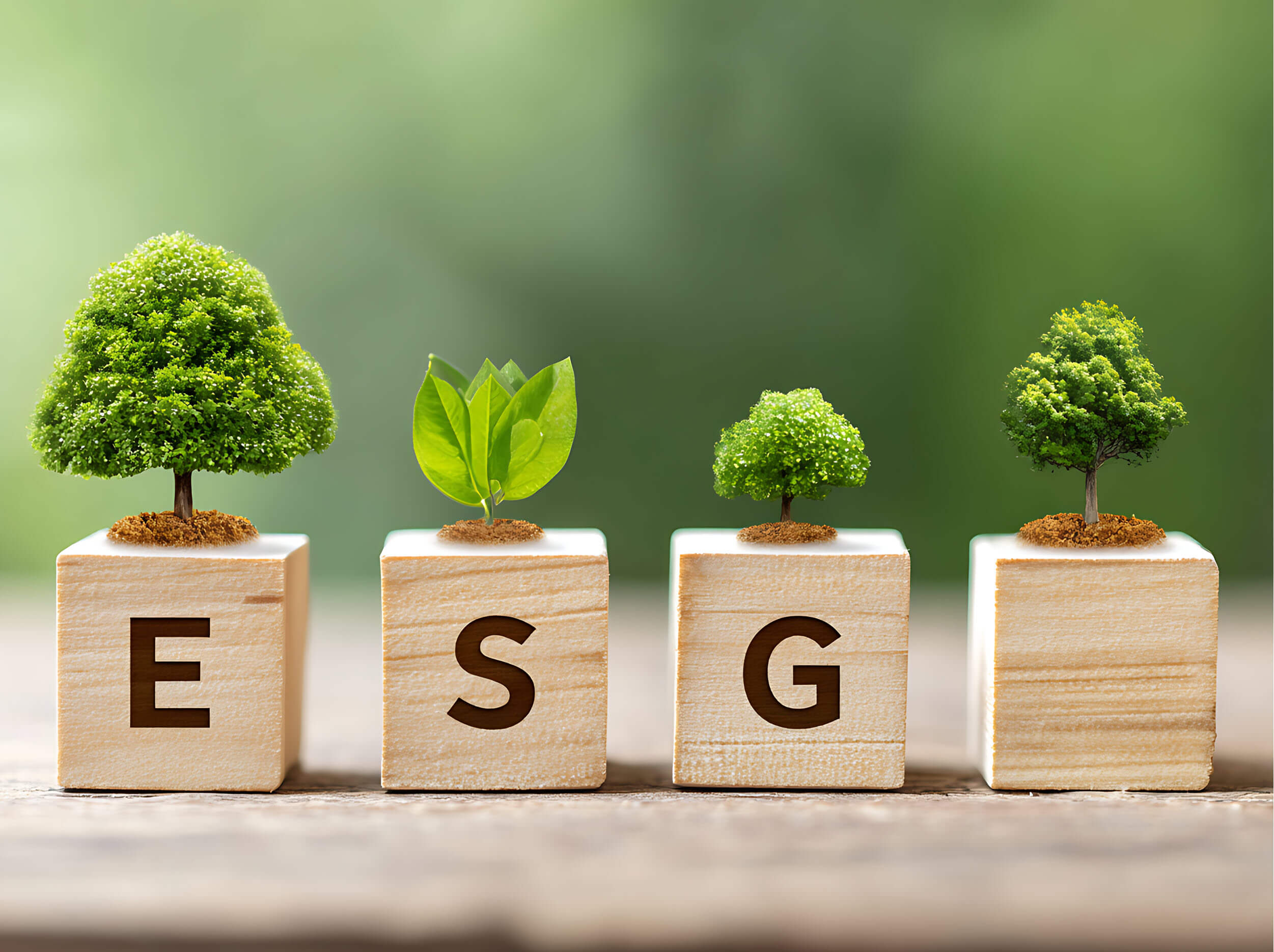 Corporate sustainability has shifted from a “bonus” to a business advantage. Small and mid-size businesses are facing rising energy costs, increasing customer expectations, and more frequent grid instability and outages. A sustainability benchmark gives companies a clear picture of where they stand, what they can improve, and how they compare to peers. Think of it like reviewing your team’s stats during a long season – you can’t improve what you don’t measure.
Corporate sustainability has shifted from a “bonus” to a business advantage. Small and mid-size businesses are facing rising energy costs, increasing customer expectations, and more frequent grid instability and outages. A sustainability benchmark gives companies a clear picture of where they stand, what they can improve, and how they compare to peers. Think of it like reviewing your team’s stats during a long season – you can’t improve what you don’t measure.
What the Small Business Sustainability Benchmark Measures
| Category | |
|---|---|
Energy Use and Efficiency |
Benchmarking starts with the basics: how much electricity and natural gas your business uses each month. It also looks at building performance and equipment age. This helps identify opportunities for solar, storage, or other energy upgrades. |
Carbon Footprint |
Most SMBs only need to track Scope 1 and Scope 2 emissions, which cover direct fuel use and electricity consumption. These numbers are often easier to estimate than many owners think (EPA). |
Waste and Materials |
Tracking recycling, waste diversion, and material choices helps businesses lower operating costs and improve environmental impact. |
Water Use |
Benchmarking also identifies unnecessary water loss, which can cost more than expected—especially for restaurants, retail shops, and light industrial facilities. |
Resilience and Backup Power |
With extreme weather and rolling outages increasing nationwide, businesses must understand their vulnerability. Benchmarking includes evaluating backup systems such as generators, solar, or battery storage. |
Interactive Poll: Benchmark Your Small Business Sustainability in 60 Seconds
Your Benchmark Score
Here are two free carbon footprint calculators to help you start your small business sustainability benchmark journey: Terrapass Business Carbon Footprint Calculator and the ClimeCo Business Emissions Calculator.
| Stage | Score Range | Description |
|---|---|---|
| Starter Stage | 0–6 | Little to no tracking; energy bills rise unpredictably; improvements are reactive. |
| Emerging Stage | 7–13 | Some data collection; LED upgrades or insulation improvements; early planning. |
| Growth Stage | 14–20 | Energy audits completed; researching solar; basic waste and water tracking. |
| Leader Stage | 21–27 | Solar + storage in place; published sustainability targets; stable operations during outages; measurable cost savings. |
Why Solar + Storage Helps Your Business Jump Ahead
Solar paired with battery storage can move a business forward by an entire tier. It lowers electricity bills, improves reliability during outages, and cuts carbon emissions immediately. It also strengthens ESG reporting and prepares SMBs for upcoming 2025–2026 policy changes that may affect energy incentives and compliance requirements.
5 Actionable Steps to Get Ahead
- Start with a free sustainability benchmark. Focus on energy, waste, carbon, and resilience for your small business sustainability benchmark.
- Pull 12 months of utility bills. This gives you a simple baseline for energy use in the small business sustainability benchmark process.
- Schedule a solar + storage walkthrough. Installers can identify system size, savings, and backup needs.
- Set one measurable goal for the next 12 months. For example, “Reduce electricity use by 10 percent.” This will boost the small business sustainability benchmark.
- Build a resilience plan. Review outage risks and compare generators, solar, and hybrid systems.
Benchmarking gives small businesses a clear starting point and a roadmap for improvement. Small business sustainability benchmarks like solar + storage add speed, resilience, and real cost savings, helping SMBs stay competitive and sustainable in a rapidly changing energy landscape.
References
Environmental Protection Agency. “Greenhouse Gas Basics.” EPA, 2024.
U.S. Department of Energy. “Energy Audits and Assessments.” Energy.gov, 2024.
